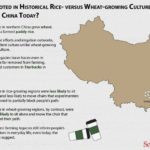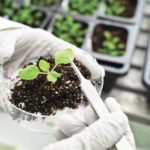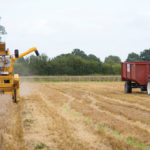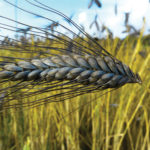
Tag Archives Did you Know

Invasive weeds have genetic advantage
A single trait, which developed independently in multiple situations, drives invasive success

Modern behaviour rooted in farming legacy
Researchers in China say even non-farmers reflect their agriculture heritage

The ‘breadbasket’ of the tropics?
Brazil’s tropical grain growers are upending the conventional wisdom on grain production

Wild vine boosts soybean yield
Researchers were looking for resistance genes and found a yield boost too

Fuel cell insight gets powered up
Understanding how plant cells make cellulose could be the key to biofuel’s future

Winning the race against rust
The latest technology has scientists poised for a breakthrough on this tough crop disease

Shine a light on plant growth
Researchers have discovered how plants respond to changes in light at the molecular level

Harvest goes hands free
British researchers have put automation to test in the farm field

Early intervention
Humans appear to have influenced crop plants far earlier than previously understood

Cleaning up chemicals
Atrazine is the most common weed killer found in Quebec surface water, which prompted the research


